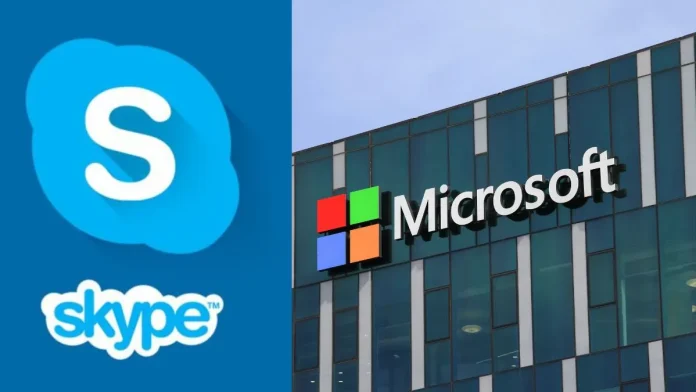Skype Officially Retires as Microsoft Shifts Users to Teams After 21 Years
In a move that marks the end of an era in digital communication, Microsoft officially shut down Skype on Monday, May 5, concluding the service’s 21-year run as a pioneer in online video and voice calling. The decision, announced in February, reflects Microsoft’s ongoing transition away from Skype in favor of its more versatile platform, Microsoft Teams.
The shutdown impacts both free and paid Skype users, including Skype for Business, which has now been fully integrated into Microsoft Teams. Microsoft says Teams will retain many of Skype’s core features while offering enhanced tools for collaboration, productivity, and modern workplace communication.
What Happens to Your Account?
Current Skype users can simply log into Microsoft Teams using their existing Skype credentials. Contacts and chat histories will migrate automatically to the new platform. For those not interested in switching, Microsoft is allowing users to export their conversations and files, either for backup or use on alternative services.
Users have until January 2026 to export or delete their Skype data. Anyone who signs into Microsoft Teams Free before that deadline will maintain access to their old Skype messages and call logs. However, data from accounts that remain inactive will be permanently deleted in January 2026.
How to Export Your Skype Data
To preserve your chat history and shared files before Skype’s shutdown, users should follow these steps:
- Sign in to the Skype Export page using your Microsoft account.
- Select whether you want to download conversations, files, or both.
- Submit your request and confirm when prompted.
- Once you receive a notification that your data is ready, click Download to retrieve your files.
Why Is Skype Shutting Down?
Launched in 2003, Skype was a trailblazer in the world of online communication, quickly becoming a household name for video and voice calling. Microsoft acquired the platform in 2011 for $8.5 billion, aiming to integrate it into Windows, Xbox, and mobile devices with the goal of reaching one billion users.
However, as the communication landscape evolved—with growing demand for integrated collaboration tools—Skype gradually lost ground to platforms like Zoom, Slack, and Microsoft’s own Teams. By consolidating its efforts around Teams, Microsoft is aiming to provide a unified solution for both workplace and personal communication, effectively ending Skype’s two-decade legacy.
However, a series of frequent redesigns, ongoing performance issues, and increasingly bloated updates gradually pushed users away from Skype. Its decline was further hastened during the COVID-19 pandemic, when competing platforms like Zoom, Slack, Webex, and Discord rapidly gained traction by offering more streamlined and reliable communication tools.
By 2025, Skype’s monthly active user base had dropped to approximately 23 million—a sharp fall from its peak of 150 million in 2011 and well below the 400 million registered users it once claimed.



 Viesearch - The Human-curated Search Engine
Blogarama - Blog Directory
Web Directory gma
Directory Master
http://tech.ellysdirectory.com
Viesearch - The Human-curated Search Engine
Blogarama - Blog Directory
Web Directory gma
Directory Master
http://tech.ellysdirectory.com